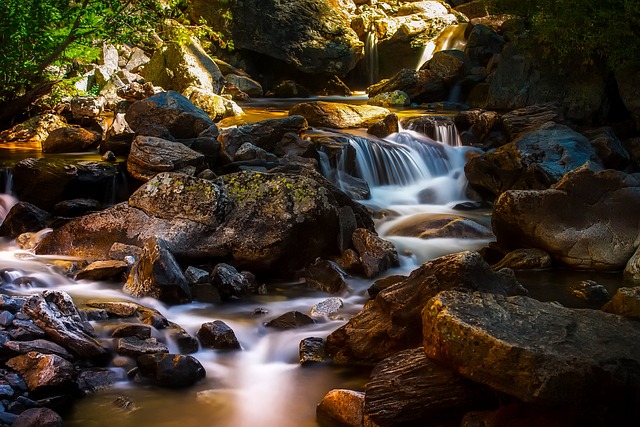Colorado, known as "The Mile-High State," boasts a unique elevation that influences its diverse climates, from arid plains in the east to snowy mountainous regions in the west. This high altitude affects everything from climate and ecosystems to the lifestyle of its residents, necessitating innovations in urban living and agriculture. The state's geography is a major factor in its sports culture, health and wellness offerings, and overall lifestyle, all capitalizing on its mountain environment. Colorado's climatic variety—from semi-arid to alpine conditions—makes it a year-round destination for outdoor activities, ranging from skiing and hiking to golfing. The state's rich geological history is reflected in its iconic Rocky and San Juan Mountains, which offer stunning vistas and a wide array of wildlife habitats, as well as insights into the Earth's geological processes. Colorado's development was significantly shaped by its gold rushes, particularly the Pike's Peak Gold Rush, which not only led to economic growth but also fostered cultural diversity and influenced social dynamics. The state's historical sites and museums honor this legacy, making Colorado a place where history and adventure coexist.
Discover the captivating essence of Colorado, a state where high-altitude adventure and rich history converge. Known as the “Mile-High State,” Colorado’s elevation sets the stage for its myriad of experiences. From the breathtaking peaks of the Rockies to the vibrant cultural heartbeat of Denver, this article delves into the diverse facets that make Colorado a unique and fascinating destination. Join us as we explore the state’s climate diversity, its gold rush legacy, and its leadership in renewable energy. We’ll uncover the secrets of its biodiversity, the role of agriculture, and the significance of water in sustaining its pastoral and urban landscapes. Colorado’s craft brewing prowess, world-class ski resorts, and the allure of its 58 fourteener peaks await your discovery, alongside its pioneering spirit in space exploration and its flourishing film industry. Through this journey across Colorado’s many aspects, we’ll appreciate the depth and richness of this American gem.
- The Mile-High State: Understanding Colorado's Elevation
- Colorado's Diverse Climate Zones and What They Mean for Residents and Visitors
- The Geological Wonders of Colorado: From the Rockies to the San Juans
- Colorado's Rich Gold Rush History and Its Impact on the State
The Mile-High State: Understanding Colorado's Elevation
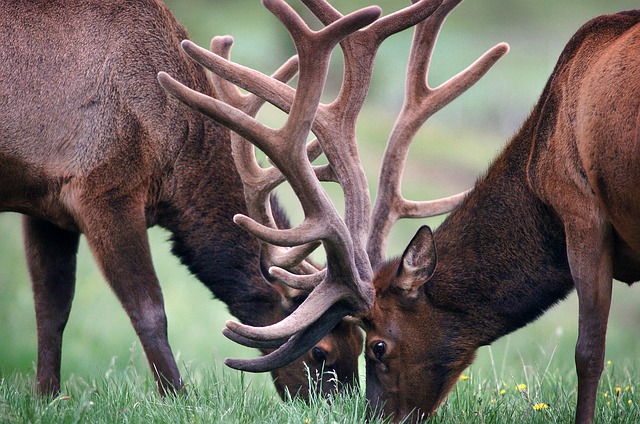
Colorado, known as the “Mile-High State,” boasts a unique elevation that influences its climate, landscapes, and even the daily lives of its inhabitants. At its lowest point along the Colorado River, the state’s average elevation is exactly one mile above sea level. This high altitude creates a thinner atmosphere with less oxygen, which can affect visitors and locals alike, often leading to a mild case of altitude sickness known as “altitude sickness.” The elevation contributes to the state’s diverse climates; while parts of Colorado experience hot, arid conditions, other areas enjoy cooler temperatures with abundant snowfall. This geographic feature is not just a point of interest but a defining characteristic that shapes the state’s ecological diversity and outdoor recreational opportunities, from skiing in the Rockies to hiking in the canyons.
The altitude also plays a crucial role in Colorado’s agriculture and urban development. Cities like Denver have to invest in technologies and infrastructure to provide a comfortable environment for residents, such as high-altitude breweries that perfect their craft beer recipes to account for the change in barometric pressure. Similarly, farmers across the state adapt to the high elevation by using irrigation systems and selecting crop varieties that are well-suited to the unique conditions found only in Colorado. The state’s elevation is a key factor in its distinctive character, influencing everything from the sports played there to the health and wellness practices that thrive in its clean mountain air.
Colorado's Diverse Climate Zones and What They Mean for Residents and Visitors
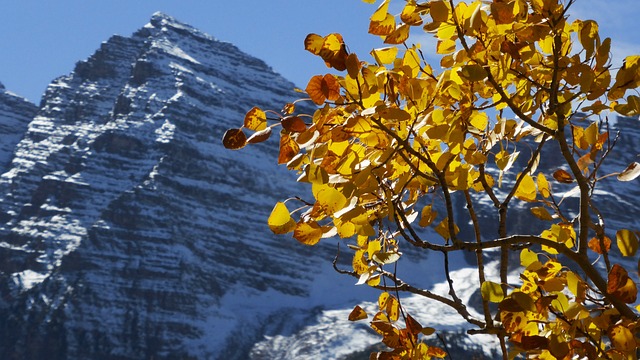
Colorado’s climate is a mosaic of distinct zones, each offering unique conditions that cater to a myriad of activities and lifestyles for residents and visitors alike. Stretching from the low-elevation, semi-arid plains in the east to the high-alpine climate found in the Rocky Mountains, Colorado’s diverse climatic regions are a testament to its geographic complexity. The eastern portion of the state experiences hotter summers and milder winters, with conditions more akin to those found in neighboring states like Kansas or Nebraska. As one travels westward, the climate gradually transitions into more arid environments, characterized by less precipitation but still capable of supporting a variety of ecosystems and agricultural activities.
In the heart of Colorado lies the transition zone, often referred to as the “banana belt,” where the weather is relatively moderate year-round. This region is ideal for outdoor enthusiasts, as it offers prolonged periods of spring-like conditions. Conversely, the high country, which includes the iconic Rocky Mountain National Park and other mountain ranges, boasts a sub-alpine and alpine climate with cooler temperatures, shorter growing seasons, and abundant snowfall. This variety means that residents can ski in the morning at Winter Park Resort and golf at a course near Denver later in the day. Visitors to Colorado can plan their trips based on the specific climate they wish to experience, from the warm, sunny days of the palmer divide to the cool, crisp air of the mountain peaks. This climatic diversity not only enhances the quality of life for those who call Colorado home but also makes it a destination that offers a multitude of outdoor experiences throughout the year.
The Geological Wonders of Colorado: From the Rockies to the San Juans
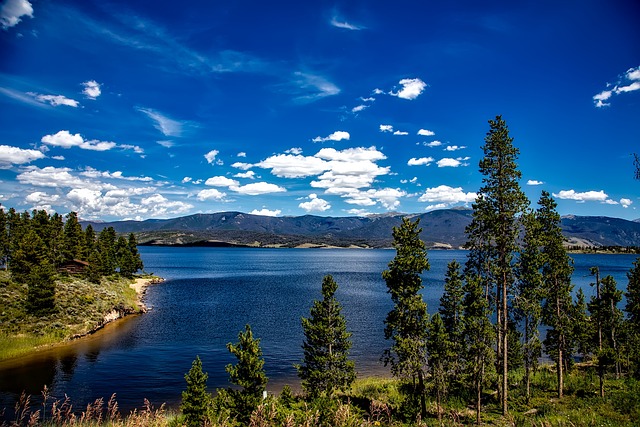
Colorado’s geological diversity is a testament to the dynamic forces that have shaped its landscape over eons. The state boasts an impressive array of natural wonders, most notably the majestic Rocky Mountains, which stretch across the northern part of the state, offering breathtaking vistas and countless opportunities for outdoor enthusiasts. These mountains are not just a playground for adventure seekers but also a unique habitat for diverse ecosystems, including alpine lakes, vast meadows, and an abundance of wildlife. Southward, the San Juan Mountains rise with their own splendor, characterized by rugged peaks, deep canyons, and mineral-rich hot springs that invite relaxation amidst nature’s grandeur. Both ranges offer a glimpse into the geological history of the Earth, with each formation telling its own story of erosion, uplift, and the relentless cycle of natural processes. Visitors to Colorado can witness these marvels through hiking, rock climbing, or simply by taking in the panoramic views that reveal the state’s geological beauty, making it a must-visit for anyone interested in the natural world’s splendor.
Colorado's Rich Gold Rush History and Its Impact on the State
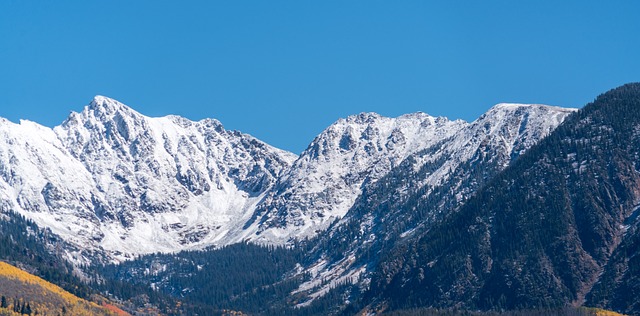
Colorado’s history is deeply interwoven with the allure of gold, which drew a diverse wave of prospectors during the Pike’s Peak Gold Rush of 1858. This pivotal event not only catalyzed the state’s economic development but also shaped its cultural and social landscape. The rush brought an influx of settlers, including fortune seekers from the United States and immigrants from around the globe, each contributing to Colorado’s rich tapestry of communities. As gold mining activities expanded, so did the state’s infrastructure, with the construction of roads, railways, and towns that still stand today. The economic boom spurred by this gold fever laid the foundation for Colorado’s diverse economy and set the stage for its transformation into a thriving state. Subsequent discoveries in other regions of Colorado, such as the Cripple Creek and Leadville districts, further solidified its reputation as a gold-producing powerhouse. The legacy of these gold rushes is evident in the state’s numerous historical sites and museums, which serve as reminders of the determination, innovation, and resilience of Colorado’s early inhabitants. Today, the gold rush history remains an integral part of the state’s identity, attracting visitors who come to explore its storied past and to appreciate the enduring impact of these historic events on the modern-day landscape of Colorado.
Colorado, with its towering Rocky Mountains and vast plains, is a land of stark contrasts. From its iconic mile-high elevation to its varied climate zones, the state offers unique experiences for both residents and visitors. Its geological wonders, including the majestic Rockies and mineral-rich San Juans, are a testament to the natural beauty and diversity found within its borders. Delving into Colorado’s history, one uncovers its gold rush era, an epoch that shaped the state’s development and continues to influence its cultural and economic landscape today. Exploring Colorado is to embark on a journey through a multifaceted region, rich in both natural splendor and historical significance.
